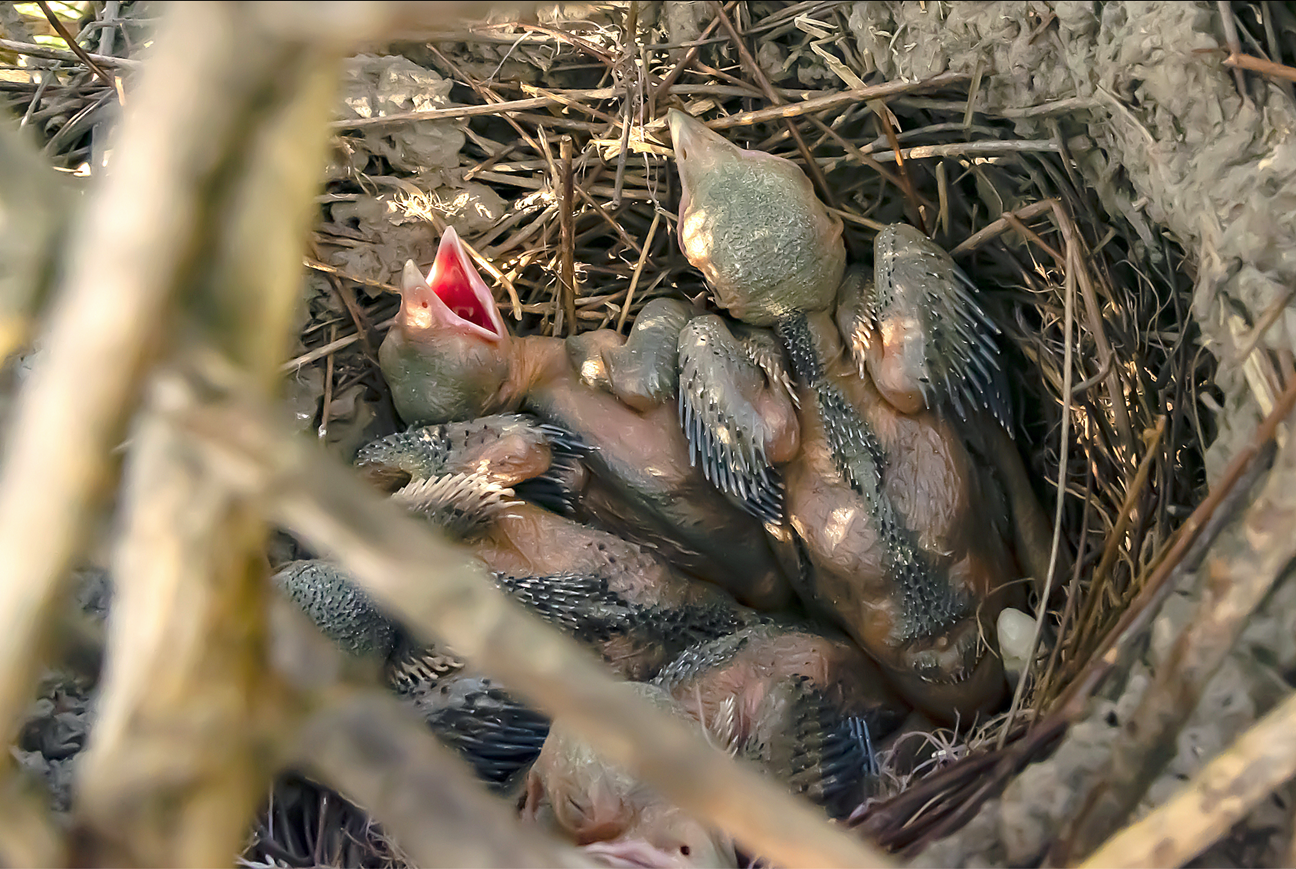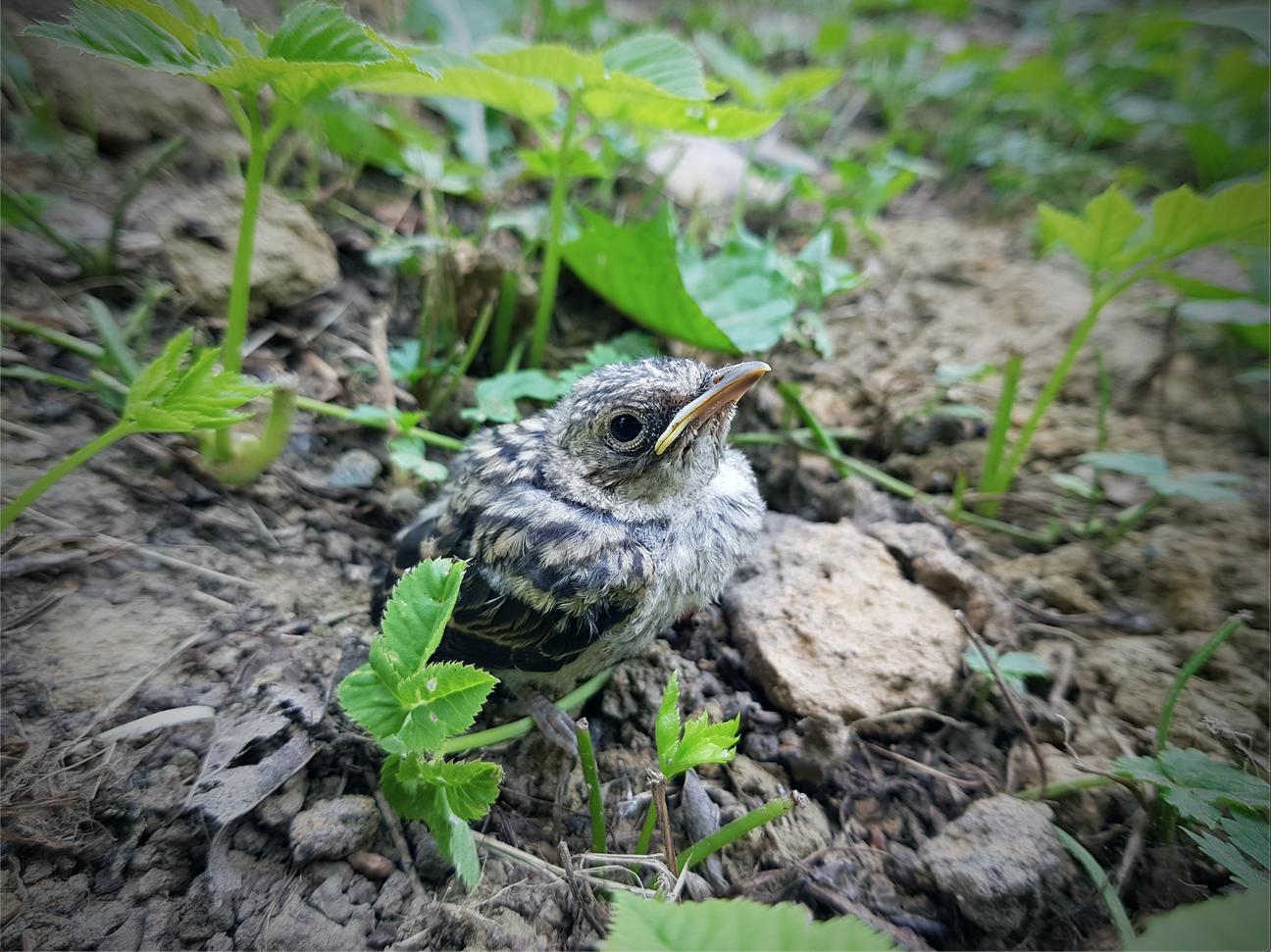An informational article about the steps you can take to ensure the survival and health of any orphaned baby birds that you might want to rescue!
If you are someone that has found injured or orphaned wild birds in the past and has struggled to know how to help it, this article will teach you some steps you can take to ensure its survival before you hand it over to the appropriate rehabilitators.
General Rules
- Always find out what organisation you can call to handover this animal to, that is certified to foster and rehabilitate wildlife. As tempting as it may be to raise it on your own, some people accidentally turn them into pets and they cannot live life outside as they are meant to. Furthermore, in most places, it is illegal to keep wildlife at home without proper permission. Ideally, they should be rehabilitated and taught to survive in the wild as their parents would teach them to.
- When dealing with infant birds of any kind, the first few hours after finding them can be crucial, which is why knowing how to help them before help comes can play a huge step in their survival. This can include keeping them warm, hydrated and comfortable.
- Not all infant birds that are alone need to be picked up or rescued- some are alone by choice. In other cases, just looking for its parents or nest, or letting it get home on its own can be better than interference. This article will also elaborate on the scenarios in which one should not pick up wild birds.

Nestlings: sometimes nestlings can have feathering but still not be classified as fledgelings, as in this IMage
When to Not Pick Them Up
- If you find a nestling- a newborn, still-blind, featherless pinkish baby bird- try to attempt to locate its nest. Sometimes wind can blow the bird out of its nest, or even blow the nest down. If the nest is intact, gently pick the bird up and place it in the nest, and lets its parents deal with the rest. The common myth that birds do not touch infants that have a human’s scent on them is untrue. Touching the baby bird with your hands will not cause the parents to shun it. Most birds generally do not have a great sense of smell.
- If an entire nest has been blown away or falls, that still has nestlings in it, attempt to rebuild the nest as much as you can. You can offer support in the way of placing the nest material inside a shoebox or container, poking holes at the bottom, and then placing it back on the tree. Even if it is not in the exact same position as before or even on a neighbouring tree, the parents should find the nest and continue to use it.
- If you find a fledgeling - a baby bird that can hop around and has feathers, but still cannot fly yet-try not to pick it up unless you are absolutely sure it is orphaned. In most scenarios, this bird is learning to forage on the ground for food or learning to fly. Its parents may be close by, keeping an eye or it or feeding it from time to time. In most cases, when people assume that these birds are orphans, they end up taking perfectly healthy and safe baby birds from their environment unnecessarily. You can, however, keep the area around the fledgeling safe from vehicles and pets, so that it can forage and learn to fly in peace.

Fledgelings that look like this, and are outside the nest are likely to have jumped down on their own to forage or learn to fly. They usually don't need human assistance

This is a recent fledgeling with open eyes and light feathering, and they usually also need to be in a nest and not on the ground.
Do’s and Don'ts After Picking Them Up
In case the baby bird is injured and you are sure it is orphaned, after looking for its nest or parents, there are some steps you can take to help the bird while you wait for the appropriate authorities.
DO NOT
- Do not hand-feed or attempt to feed the bird. Especially since the bird is not fully developed, knowing the species or knowing its exact diet can be very tricky and getting it wrong can be fatal. Feeding worms to seed-eaters or vice versa can be toxic in some cases. Even if the bird seems hungry, or is crying, wait for professional individuals to deal with it.
- Do not attempt to feed or hydrate a cold bird. Most infants that are out of their nests cannot regulate their body temperature yet and may be cold. While they are struggling to stay warm, anything entering their digestive system will require more energy, as the body tries to digest it as well as stay warm. This can send them into shock and be fatal. Any oral care should be provided after the bird is warm and comfortable. This can take several minutes to hours, so have patience.
- Do not place water in a bowl, next to the bird, especially if you find nestlings, as they may drown.
- If you are rehydrating a bird, try not to let water get into its nostrils. Infant birds are very susceptible to pneumonia.
DO
- Before any other care is attempted, it is important for the infant bird to be warm. Place the bird in a container, with holes and warm, soft material like tissue, cotton cloths, and/or newspaper. If the bird seems cold or is a nestling, place a heating pad, heating lamp, or bottle filled with warm (NOT HOT) water next to it. Ensure that none of the heating devices are directly touching the animal. The ideal temperature for nestlings is 32ºC-35ºC and for fledgelings it can range from 26ºC to 30ºC.
- In the worst-case scenario, where you cannot get in touch with a wildlife rehabilitator soon enough, or if they may take too long (over a day), you can attempt to rehydrate the bird. Remember, this is rehydrating, NOT feeding.
- Homemade rehydration solution: ¼ teaspoon salt + ¼ tablespoon of sugar + 1 cup of warm (32ºC-36ºC) water. For nestlings, you can dip a clean, sterile brush in the solution, or suck some into a very small soft-tip syringe. Gently place the brush or syringe into the bird's mouth and let 1-2 drops drip into it. If it is a nestling, 1-2 drops should suffice for an hour. If it is a fledgeling, not more than 10% of its body weight should be given every two hours (2-3 drops to be safe).
- After making sure it is hydrated, warm, covered and away from any drafts of wind, wait to hand it over to a rehabilitator so it can be integrated back into the wild.
If you follow the above steps, make a note of the location of where you found the bird, and inform the appropriate rehabilitation organisations, you will have tried your best to give it a good life despite the circumstances.